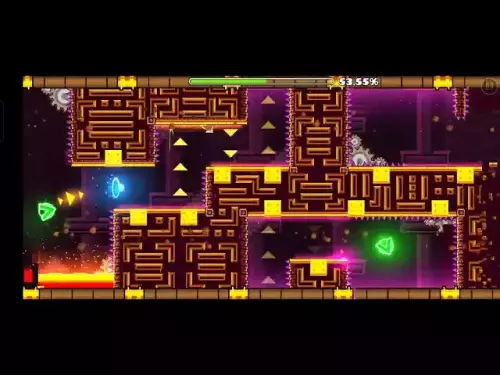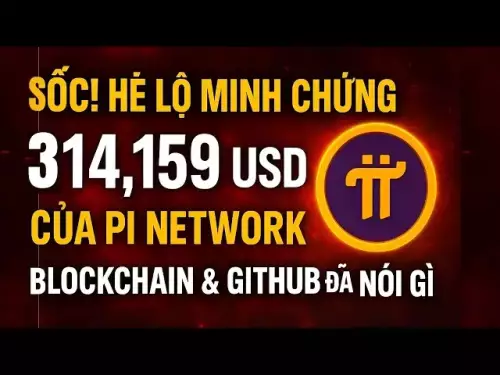-
 bitcoin
bitcoin $109547.008142 USD
0.04% -
 ethereum
ethereum $4011.838726 USD
-0.05% -
 tether
tether $1.000402 USD
-0.01% -
 xrp
xrp $2.798606 USD
0.88% -
 bnb
bnb $970.877944 USD
1.39% -
 solana
solana $202.237275 USD
-0.95% -
 usd-coin
usd-coin $0.999673 USD
0.00% -
 dogecoin
dogecoin $0.229294 USD
-1.15% -
 tron
tron $0.336370 USD
-0.45% -
 cardano
cardano $0.777260 USD
-1.66% -
 hyperliquid
hyperliquid $45.503019 USD
1.73% -
 ethena-usde
ethena-usde $1.000362 USD
0.01% -
 chainlink
chainlink $20.785303 USD
-1.10% -
 avalanche
avalanche $28.755822 USD
-0.11% -
 stellar
stellar $0.358303 USD
-0.48%
What information is stored in a block?
A blockchain block contains transactions, a timestamp, metadata, and a header with the Merkle root, previous block hash, and nonce, ensuring security and immutability.
Sep 02, 2025 at 04:36 pm
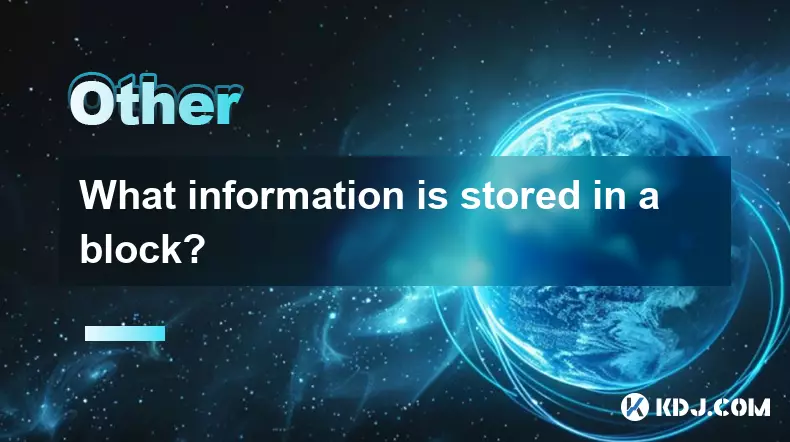
Understanding the Core Components of a Blockchain Block
1. Each block in a blockchain contains a collection of data that ensures the integrity, security, and chronological order of transactions. These components work together to form an immutable ledger accessible across a decentralized network.
2. The foundational piece of information stored in a block is the list of transactions. These transactions represent transfers of value—such as cryptocurrency payments—between participants on the network. Every transaction includes details like sender address, receiver address, amount, and a digital signature to verify authenticity.
3. Alongside transactions, each block includes a timestamp that records when the block was created. This timestamp is crucial for maintaining the chronological sequence of blocks and preventing issues like double-spending.
4. Blocks also store metadata, which includes information about the block itself, such as its version number and the difficulty level of the cryptographic puzzle required to mine it in proof-of-work systems.
5. The structure of a block is designed to be tamper-evident. Any change in the data would alter the block’s unique fingerprint, making unauthorized modifications immediately detectable by the network.
The Role of the Block Header
1. The block header is a critical part of each block and contains several key elements that support network consensus and security. It does not include the full list of transactions but instead references them through a summary mechanism.
2. One of the most important elements in the block header is the Merkle root. This is a single hash derived from all the transaction hashes in the block, organized in a Merkle tree structure. The Merkle root allows for efficient and secure verification of whether a transaction belongs to the block.
3. Another essential field is the previous block hash. This hash links the current block to the one immediately before it, forming a chain. This linkage ensures that altering any prior block would require recalculating all subsequent block headers, which is computationally infeasible.
4. The block header also includes the nonce, a random number used in proof-of-work blockchains. Miners adjust the nonce repeatedly until they find a value that produces a hash meeting the network’s difficulty target.
5. The combination of the previous block hash, Merkle root, and nonce makes the block header the backbone of blockchain security and decentralization.
How Blocks Maintain Network Integrity
1. Blocks are validated by nodes across the network before being added to the blockchain. Each node checks the digital signatures of transactions, verifies the correctness of the Merkle root, and ensures the block hash meets the required difficulty criteria.
2. Once validated, the block is broadcast to other nodes, achieving consensus on its legitimacy. This process prevents fraudulent blocks from being accepted and maintains trust without a central authority.
3. The size of a block is often limited, which affects how many transactions it can hold. For example, Bitcoin blocks are capped at 1 MB (or 4 MB with SegWit), influencing transaction throughput and fee dynamics.
4. In cases where two valid blocks are found simultaneously, the network temporarily forks. The blockchain eventually converges on the longest valid chain, discarding the shorter fork and its unconfirmed transactions.
5. The decentralized validation of blocks ensures that no single entity can control the ledger, making the system resistant to censorship and manipulation.
Frequently Asked Questions
What is the Merkle root and why is it important?The Merkle root is a cryptographic hash that summarizes all transactions in a block. It allows nodes to quickly verify whether a specific transaction is included in the block without downloading all transactions, enhancing efficiency and security.
Can the data in a block be changed after it’s added to the blockchain?No, altering any data in a block would change its hash and break the link with the next block. Due to the distributed nature of the network and the computational power required, modifying a confirmed block is practically impossible.
How does the previous block hash contribute to blockchain security?The previous block hash creates a chronological and cryptographic link between blocks. This chain structure ensures that any tampering with an earlier block would invalidate all subsequent blocks, making attacks easily detectable.
What happens if a block exceeds the size limit?Transactions that don’t fit in the current block remain in the mempool—a holding area for unconfirmed transactions—until they can be included in a future block. This can lead to delays and higher transaction fees during periods of high network activity.
Disclaimer:info@kdj.com
The information provided is not trading advice. kdj.com does not assume any responsibility for any investments made based on the information provided in this article. Cryptocurrencies are highly volatile and it is highly recommended that you invest with caution after thorough research!
If you believe that the content used on this website infringes your copyright, please contact us immediately (info@kdj.com) and we will delete it promptly.
- Crypto Whales, PEPE, and Meme Coins: What's the Hype?
- 2025-09-28 18:25:15
- Cathie Wood, Hyperliquid, and Solana Development: A New Era in Crypto?
- 2025-09-28 19:05:16
- Polkadot pUSD: NYC's Take on Decentralized Stability
- 2025-09-28 18:25:15
- Chainlink, Remittix, and Price Gains: A Tale of Two Cryptos
- 2025-09-28 19:05:16
- Altcoins, Portfolios, and Millions: Decoding the Crypto Bull Run
- 2025-09-28 19:10:01
- SWIFT, Ethereum, and Linea: Revolutionizing Global Banking?
- 2025-09-28 18:30:01
Related knowledge
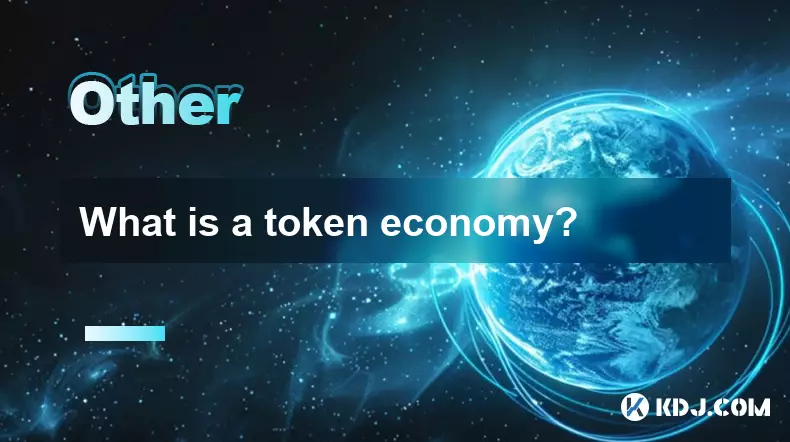
What is a token economy?
Sep 20,2025 at 12:18am
Understanding the Foundations of a Token Economy1. A token economy in the context of cryptocurrency refers to a system where digital tokens are used a...
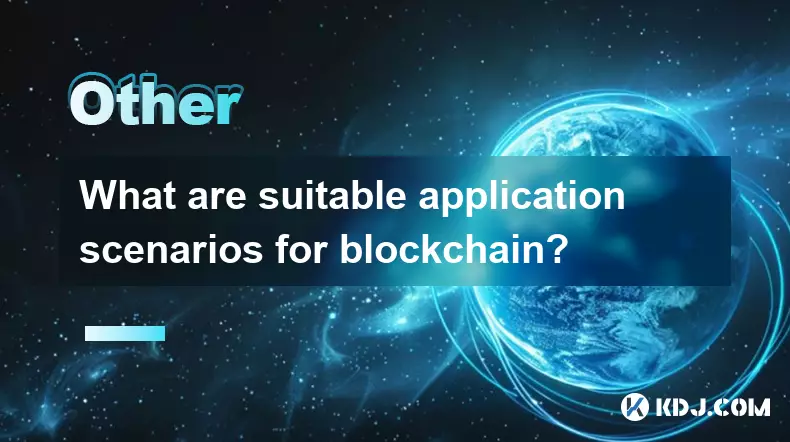
What are suitable application scenarios for blockchain?
Sep 20,2025 at 03:19am
Decentralized Finance (DeFi) Platforms1. Blockchain enables the creation of financial services without centralized intermediaries, allowing users to l...
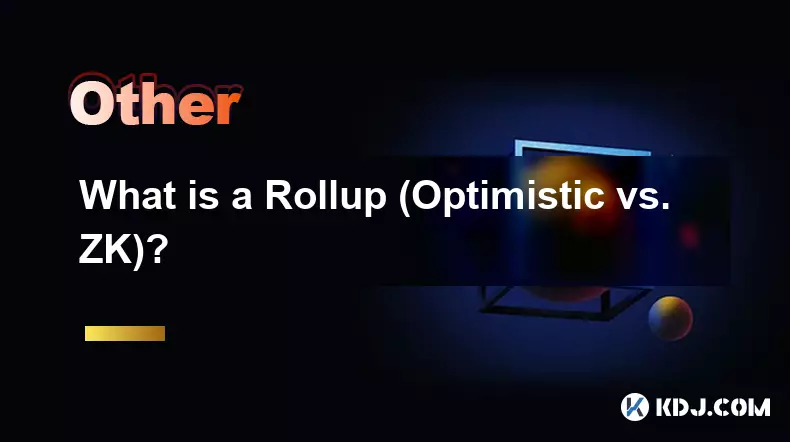
What is a Rollup (Optimistic vs. ZK)?
Sep 22,2025 at 03:00pm
Understanding Rollups in Blockchain Technology1. Rollups are layer-2 scaling solutions designed to increase transaction throughput on blockchains like...
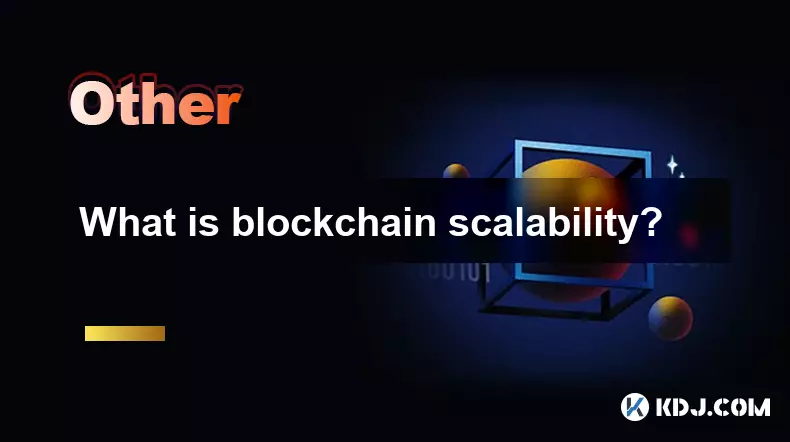
What is blockchain scalability?
Sep 19,2025 at 06:18am
Understanding Blockchain Scalability1. Blockchain scalability refers to a network's ability to handle an increasing number of transactions without com...
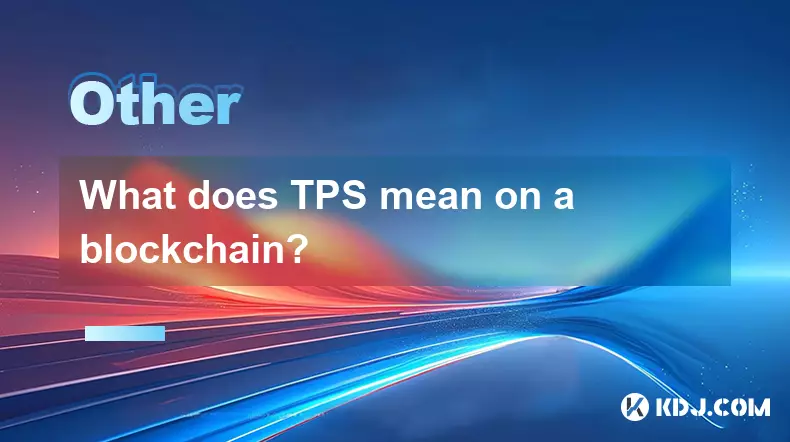
What does TPS mean on a blockchain?
Sep 21,2025 at 09:54am
Understanding TPS in Blockchain Technology1. TPS stands for Transactions Per Second, a metric used to measure the number of transactions a blockchain ...
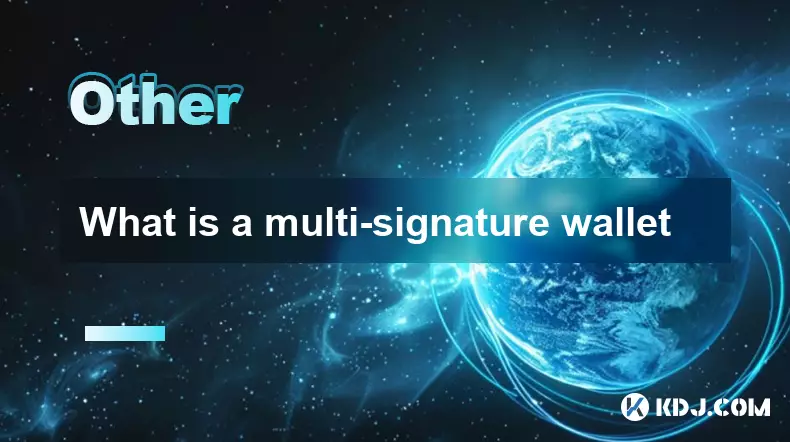
What is a multi-signature wallet
Sep 20,2025 at 07:00am
Understanding Multi-Signature Wallets in Cryptocurrency1. A multi-signature wallet, often referred to as a multisig wallet, is a type of cryptocurrenc...

What is a token economy?
Sep 20,2025 at 12:18am
Understanding the Foundations of a Token Economy1. A token economy in the context of cryptocurrency refers to a system where digital tokens are used a...

What are suitable application scenarios for blockchain?
Sep 20,2025 at 03:19am
Decentralized Finance (DeFi) Platforms1. Blockchain enables the creation of financial services without centralized intermediaries, allowing users to l...

What is a Rollup (Optimistic vs. ZK)?
Sep 22,2025 at 03:00pm
Understanding Rollups in Blockchain Technology1. Rollups are layer-2 scaling solutions designed to increase transaction throughput on blockchains like...

What is blockchain scalability?
Sep 19,2025 at 06:18am
Understanding Blockchain Scalability1. Blockchain scalability refers to a network's ability to handle an increasing number of transactions without com...

What does TPS mean on a blockchain?
Sep 21,2025 at 09:54am
Understanding TPS in Blockchain Technology1. TPS stands for Transactions Per Second, a metric used to measure the number of transactions a blockchain ...

What is a multi-signature wallet
Sep 20,2025 at 07:00am
Understanding Multi-Signature Wallets in Cryptocurrency1. A multi-signature wallet, often referred to as a multisig wallet, is a type of cryptocurrenc...
See all articles






















